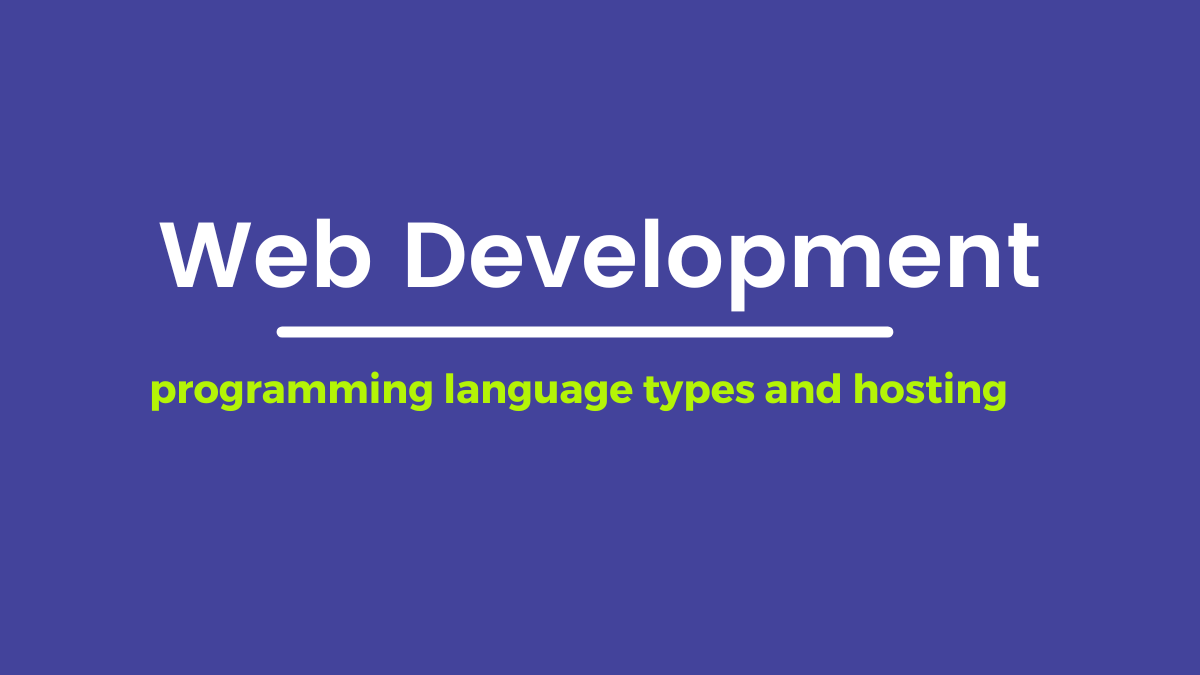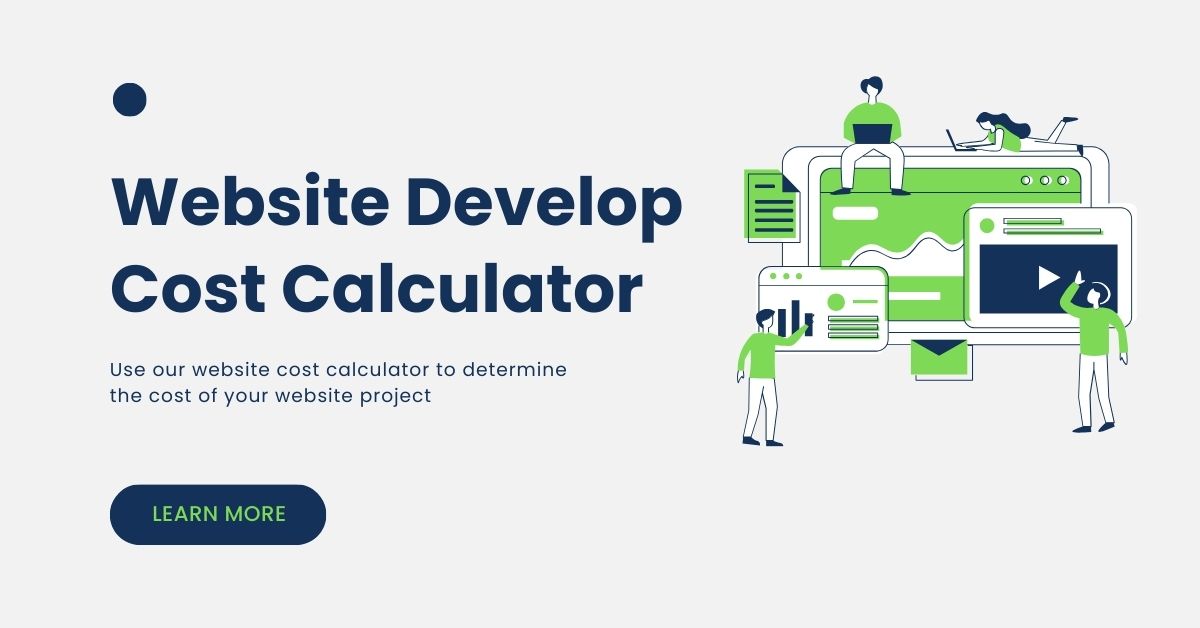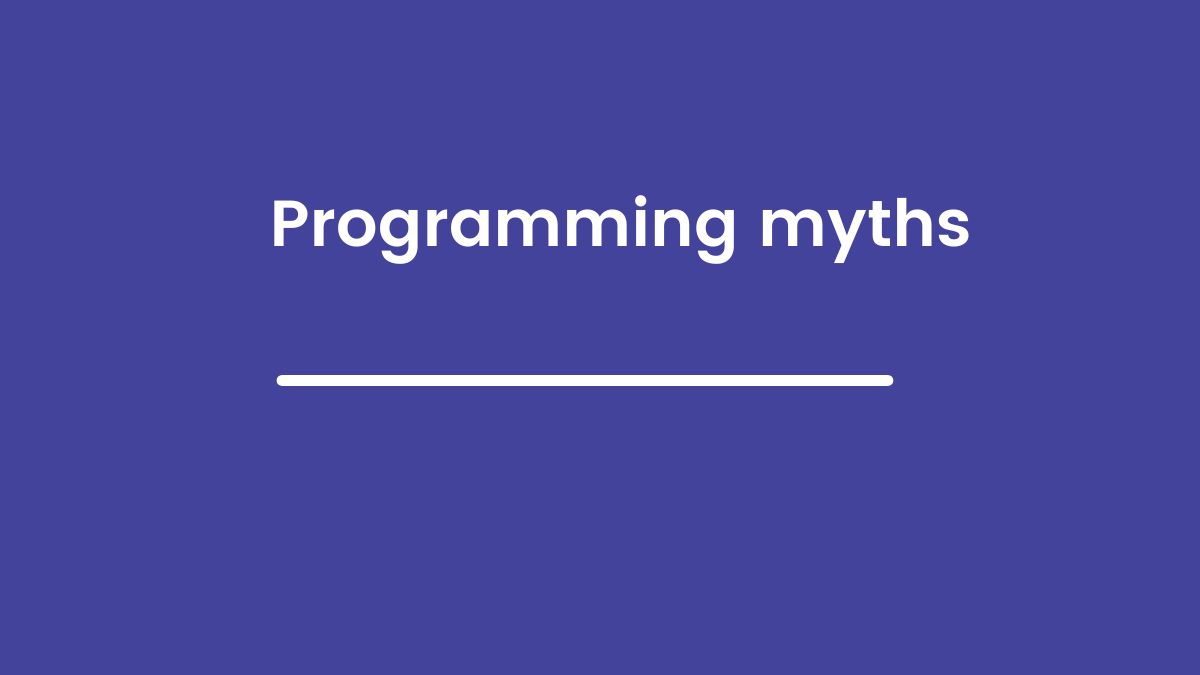Web development is the magic behind every website and app you encounter online. It’s the craft of translating ideas into interactive digital experiences, weaving code and design to create something both functional and visually appealing. Let’s delve into this fascinating world in three acts:
Whether you’re a seasoned developer or just starting your journey, this world offers endless possibilities to create, innovate, and leave your mark on the digital landscape.
Act 1: Building the Stage – Front-End Development
Imagine a website as a stage. The front-end developer is the set designer and costume artist, crafting the visual elements you see and interact with.
They use languages like HTML, CSS, and JavaScript to define the structure, layout, and behavior of the website.
From the vibrant colors to the responsive buttons, they make sure the experience is smooth and intuitive for every user.
Act 2: Pulling the Strings – Back-End Development
Now, step behind the curtain. The back-end developer is the stage manager, ensuring everything runs smoothly behind the scenes.
They build the server-side logic that powers the website, handling data, processing requests, and communicating with databases. Languages like Python, Java, and PHP are their tools, turning complex algorithms into seamless interactions.
Act 3: The Grand Finale – Full-Stack Mastery
Some developers, the true masters of their craft, choose to be the entire show. Full-stack developers are the director, choreographer, and lead actor all in one.
They possess the skills of both front-end and back-end development, seamlessly bridging the gap between what users see and what makes it tick. They take complete ownership of the web experience, a testament to their technical prowess and creative vision.
As website design company, web development encompasses the process of creating and maintaining websites for clients
Client Discovery:
Delving into client requirements, business objectives, target audience analysis, and design preferences to initiate the project effectively.
Strategic Blueprint:
Crafting a detailed plan outlining the website’s structure, navigation, and features. This phase involves close collaboration between designers, developers, and clients to align on project objectives.
Prototype Design:
Designers create wireframes or prototypes that visually represent the layout, user interface, and overall aesthetics of the website. This serves as a tangible guide for both clients and the development team.
Front-end Crafting:
Front-end developers concentrate on implementing the visual elements of the website. They utilize HTML, CSS, and JavaScript to create responsive and intuitive interfaces based on the design prototypes.
Back-end Engineering:
Back-end developers focus on the server-side of the website, implementing functionality, database interactions, and server logic. They often use server-side programming languages and frameworks to build dynamic features.
CMS Integration:
Integrating a Content Management System (CMS) such as WordPress, Joomla, or Drupal to facilitate easy content management for clients. Customization of the CMS may be done to meet specific client requirements.
E-commerce Dynamics:
For clients with online stores, integrating e-commerce platforms, payment gateways, and shopping cart functionalities is a pivotal aspect of web development.
Adaptive Design:
Ensuring the website is accessible and functions seamlessly across diverse devices and screen sizes. Adaptive design practices are employed to enhance user experience.
Quality Assurance Protocol:
Rigorous testing of the website for functionality, compatibility, and performance before its official launch. This includes cross-browser testing, mobile responsiveness checks, and thorough debugging.
Client Empowerment and Transfer:
Providing clients with training on how to use and update their website, particularly if a CMS is involved. Handing over all necessary credentials and documentation.
Website Launch and Deployment:
Deploying the website to a live server and making it publicly accessible. This involves configuring domain settings, SSL certificates, and other elements necessary for a successful launch.
Post-Launch Sustenance:
Offering ongoing support, maintenance, and updates to ensure the website remains secure, performs optimally, and adapts to any evolving needs of the client.
SEO Implementation:
Integrating fundamental SEO practices during development, such as optimizing meta tags, headers, and ensuring proper URL structures to enhance the website’s search engine visibility.
Web development is a dynamic field, constantly evolving with new technologies and trends. But the core principles remain the same: building bridges between ideas and reality, one line of code at a time.
Front-end Development:
- HTML (Hypertext Markup Language): The standard markup language for creating web pages and web applications
- CSS (Cascading Style Sheets): Used for styling and layout of web pages. It defines how HTML elements are displayed on the screen.
- JavaScript: A scripting language that enables dynamic content, interactivity, and manipulation of the Document Object Model (DOM).
Back-end Development:
- Server-side Languages: Languages such as PHP, Python, Ruby, Java, and Node.js are used to handle server-side logic and interact with databases.
- Databases: Storage solutions like MySQL, PostgreSQL, MongoDB, or others are used to store and retrieve data.
- Server: Software like Apache, Nginx, or Microsoft IIS is used to serve web pages and handle requests from clients.
Frameworks and Libraries:
- Front-end Frameworks: Such as React, Angular, or Vue.js help structure and organize code for building complex user interfaces.
- Back-end Frameworks: Frameworks like Django (Python), Ruby on Rails, or Express.js (Node.js) provide a structured way to build server-side applications.
- Libraries: Additional tools and libraries, like jQuery for JavaScript, can be used to simplify common tasks.
Version Control:
- Git: A distributed version control system that allows multiple developers to work on a project simultaneously and track changes over time.
Responsive Web Design:
- Ensuring that websites and applications are accessible and functional on various devices and screen sizes.
APIs (Application Programming Interfaces):
- Building and consuming APIs allows communication between different software applications, enabling data exchange and integration.
Web Security:
- Implementing security measures to protect against common web vulnerabilities such as cross-site scripting (XSS) and SQL injection.
Testing and Debugging:
- Conducting tests, both manual and automated, to ensure the functionality and performance of the web application.
Deployment:
- Uploading and configuring the web application on a server or cloud platform for public access.
Continuous Integration/Continuous Deployment (CI/CD):
- Automating the process of testing and deploying code changes to ensure a smooth development workflow.
Learning web development involves mastering these components based on your project requirements.






